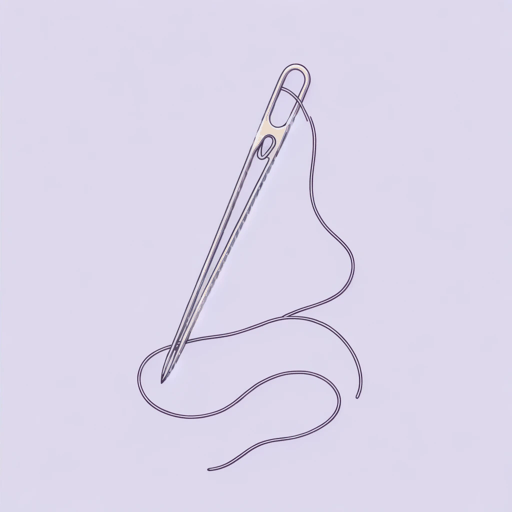18 pages • 36 minutes read
Alice Moore Dunbar-NelsonI Sit and Sew
Fiction | Poem | Adult | Published in 1988A modern alternative to SparkNotes and CliffsNotes, SuperSummary offers high-quality Study Guides with detailed chapter summaries and analysis of major themes, characters, and more.
Further Reading & Resources
Related Poems
"Prologue" by Anne Bradstreet (1650)
Colonial poet Anne Bradstreet often apologized for her writing, acknowledging that her roles as wife and mother were more important. In this poem, however, Bradstreet complains about critics who say, “my hand a needle better fits” (Line 26). Like Bradstreet, Dunbar-Nelson portrays the sewing needle as an obstacle women have to overcome on the way to more important work.
"August, 1914" by Vera Brittain (1914)
This short World War I poem also portrays the dehumanizing effect of war; its visual of war’s “lurid reign” (Line 6) recalls Dunbar-Nelson’s hellish battlefield descriptions. Brittain personifies God in her poem, but rather than directly addressing him as Dunbar-Nelson does, she narrates a scenario in which God sends the war to remind men of its power, only to have people lose their faith instead. The metaphor of physical sight as a kind of understanding of death and terror also corresponds to the vision-related imagery in “I Sit and Sew.”
"Yet Do I Marvel" by Countee Cullen (1925)
Like Dunbar-Nelson’s speaker at the end of “I Sit and Sew,” Countee Cullen questions God’s judgment and action in “Yet Do I Marvel.” Dunbar-Nelson wonders why God cannot see the fitness of the poem’s speaker to serve as she is called.

